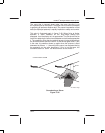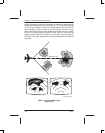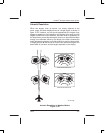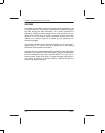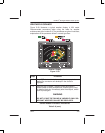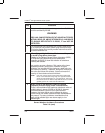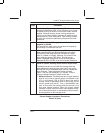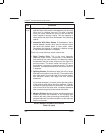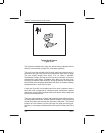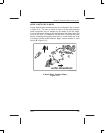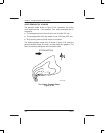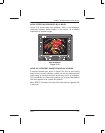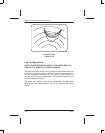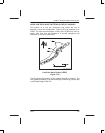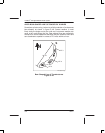
PRIMUS
R
660 Digital Weather Radar System
A28–1146–111
REV 2 5-47
Radar Facts
Step Procedure
11 Never continue flight towards or into a radar shadow
or the blue REACT field.
WARNING
STORMS SITUATED BEHIND INTERVENING RAINFALL
CAN BE MORE SEVERE THAN DEPICTED ON THE DIS-
PLAY.
If the radar signal can penetrate a storm, the target
displayed seems to cast a shadow with no visible returns.
This indicates that the storm contains a great amount of
rain, that attenuates the signal and prevents the radar from
seeing beyond the cell under observation.
The REACT blue field shows areas where attenuation
could be hiding severe weather. Both the shadow and the
blue field are to be avoided by 20 miles. Keep the REACT
blue field turned on. The blue field forms fingers that point
toward the stronger cells.
Severe Weather Avoidance Procedures
Table 5–9
Configurations of Individual Echoes (Northern
Hemisphere)
Sometimes a large echo develops configurations that are associated
with particularly severe aviation hazards. Several of these are
discussed below.
AVOID HOOK ECHOES BY 20 MILES
The hook is probably the best known echo associated with severe
weather. It is an appendage of a thunderstorm echo and usually only
appears on weather radars. Figure 5–40 shows a hook echo.



